For the past three years, students in the Rosenstiel School at the University of Miami have investigated how information on devastating landfalling hurricanes is created, shared, and used within a complete warning system.
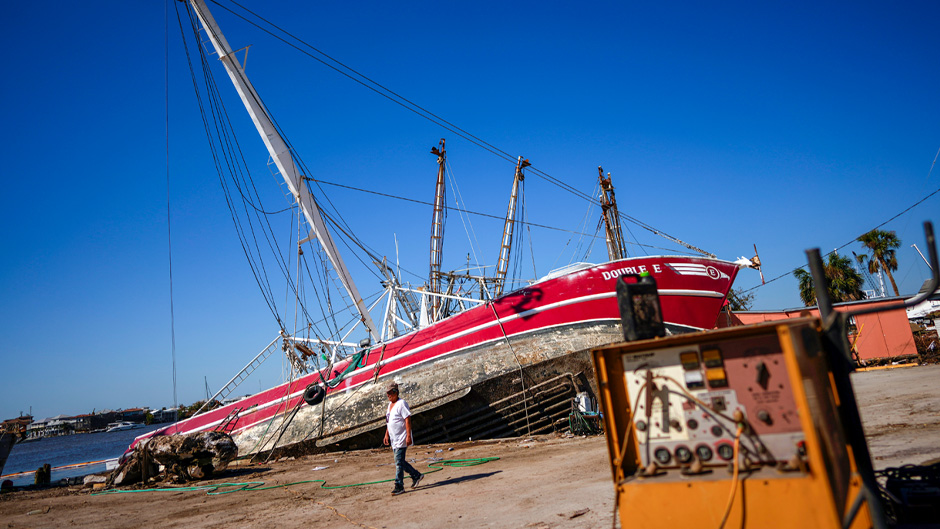
news, journals and articles from all over the world.

For the past three years, students in the Rosenstiel School at the University of Miami have investigated how information on devastating landfalling hurricanes is created, shared, and used within a complete warning system.
The onset of the hurricane season has brought renewed attention to the impacts and preparedness efforts necessary to mitigate the damage caused by these powerful storms. The increasing intensity and frequency of hurricanes are attributed to global warming and climate change, posing significant risks to lives, property, and economies.
The 2024 Atlantic hurricane season begins on June 1, and forecasts indicate a highly active season. Several Florida Atlantic University faculty experts are available to discuss various issues surrounding hurricane preparedness, evacuation and aftermath.
A group from Nagoya University in Japan has found that larger, slower-moving typhoons are more likely to be resilient against global warming.
An increasing number of Floridians agree that human actions are causing climate change, including a record number of Florida Republicans. Virtually all respondents (90 percent) believe climate change is happening, with 65 percent attributing the causes to human actions, including 49 percent of GOP voters. Belief in and concern about human-caused climate change appears to be translating into support for policies to reduce emissions and reduce impacts. The explanation for this emerging consensus may be grounded in people’s lived experiences with weather events.
As strong winds and torrential rains inundate Australia’s south-eastern coast, new research suggests that high intensity bushfires might not be too far behind, with their dual effects extending damage zones and encroaching on previously low-risk residential areas.
An Australian physicist has solved a 50-year conundrum that has baffled the world’s best science minds – why lightning zigzags.
Scientists at PNNL are working to better prepare authorities, emergency responders, communities and the grid in the face of increasingly extreme hurricanes.
A new study shows for the first time that wildfires burning in West Coast states can strengthen storms in downwind states. Heat and tiny airborne particles produced by western wildfires distantly intensify severe storms, in some cases bringing baseball-sized hail, heavier rain and flash flooding to states like Colorado, Wyoming, Nebraska, Kansas, Oklahoma, and the Dakotas.
Images in the wake of violent coastal storms usually focus purely on the extensive damage caused to beaches, dunes, property, and surrounding infrastructure.
Advancing its mission and leadership role to improve climate risk management critical to societal well-being, Rutgers, The State University of New Jersey will lead a multi-university Megalopolitan Coastal Transformation Hub (MACH) made possible by a grant through the National Science Foundation’s Coastlines and People (CoPe) Program with expected total funding of $19.9+ million over the next five years.
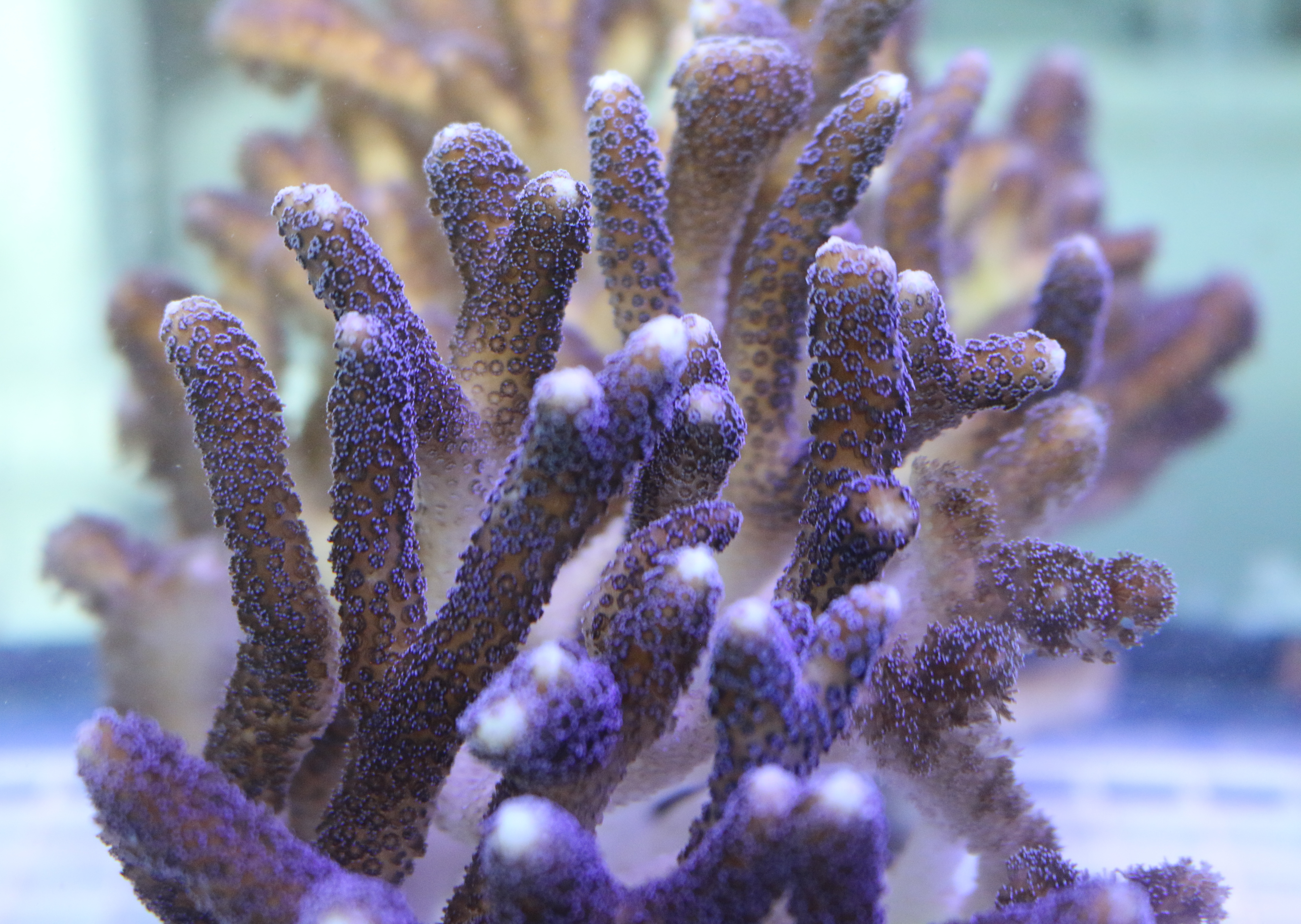
Charles Darwin, the British naturalist who championed the theory of evolution, noted that corals form far-reaching structures, largely made of limestone, that surround tropical islands. He didn’t know how they performed this feat. Now, Rutgers scientists have shown that coral structures consist of a biomineral containing a highly organized organic mix of proteins that resembles what is in our bones. Their study, published in the Journal of the Royal Society Interface, shows for the first time that several proteins are organized spatially – a process that’s critical to forming a rock-hard coral skeleton.

A giant dark storm on Neptune heading for certain doom at the equator mysteriously halted its journey and began drifting in the opposite direction. Almost simultaneously, another smaller dark spot appeared nearby, only to vanish months later. Hubble astronomers are presenting these findings today at the Fall 2020 American Geophysical Union meeting.
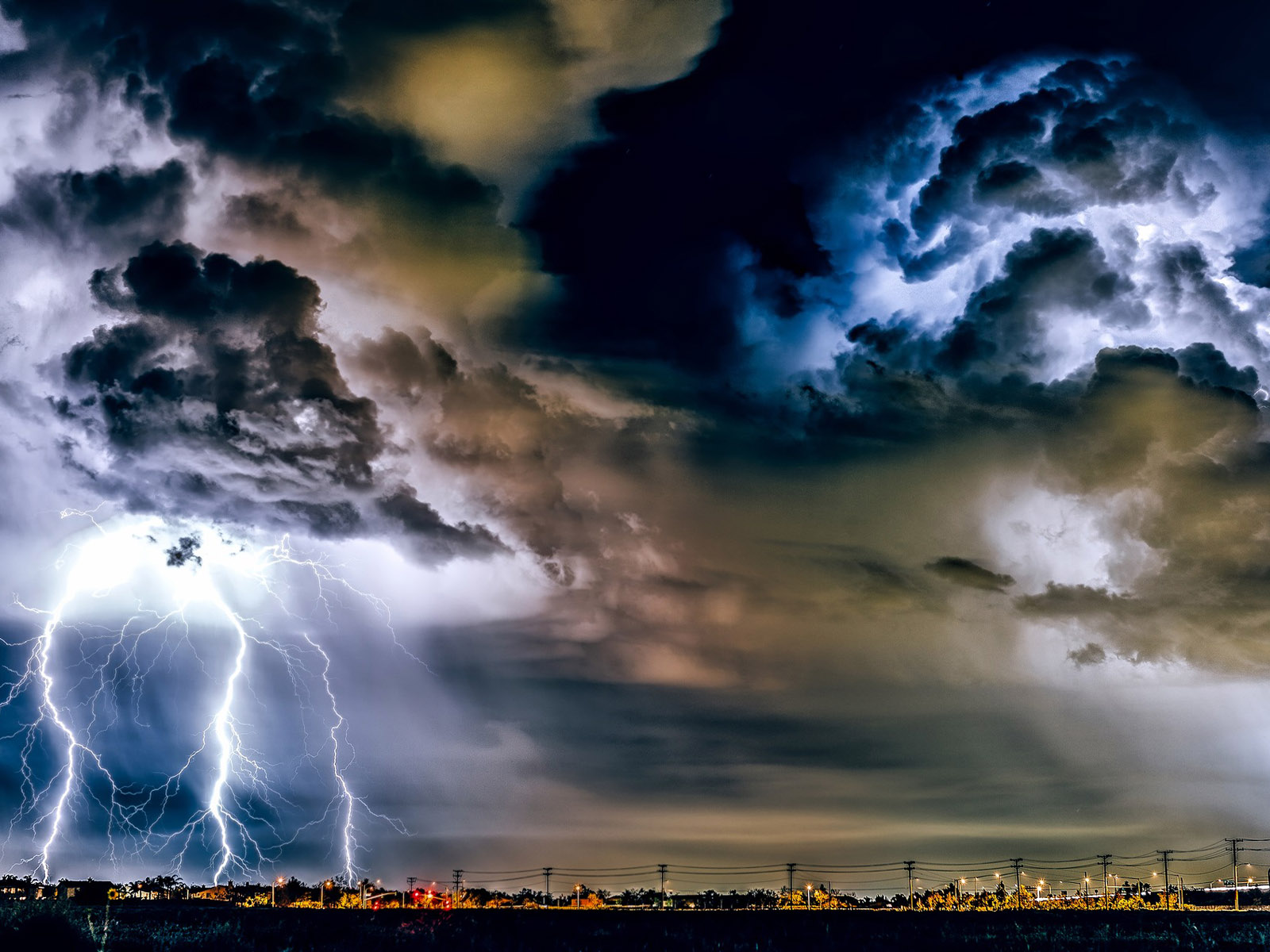
Urban landscapes and human-made aerosols have the potential to not only make gusts stronger and hail larger; they can also start storms sooner and even pull them toward cities, according to new research exploring the impact of urban development on hazardous weather, led by PNNL researchers.
New Brunswick, N.J. (Dec. 15, 2020) – Rutgers University–New Brunswick meteorologist Steve Decker and climatologist David A. Robinson are available for interviews on the major snowstorm expected in New Jersey tomorrow and previous notable snowstorms. “This storm is showing some similarities to…
Research shows certain phrases can make people feel helpless when facing storms
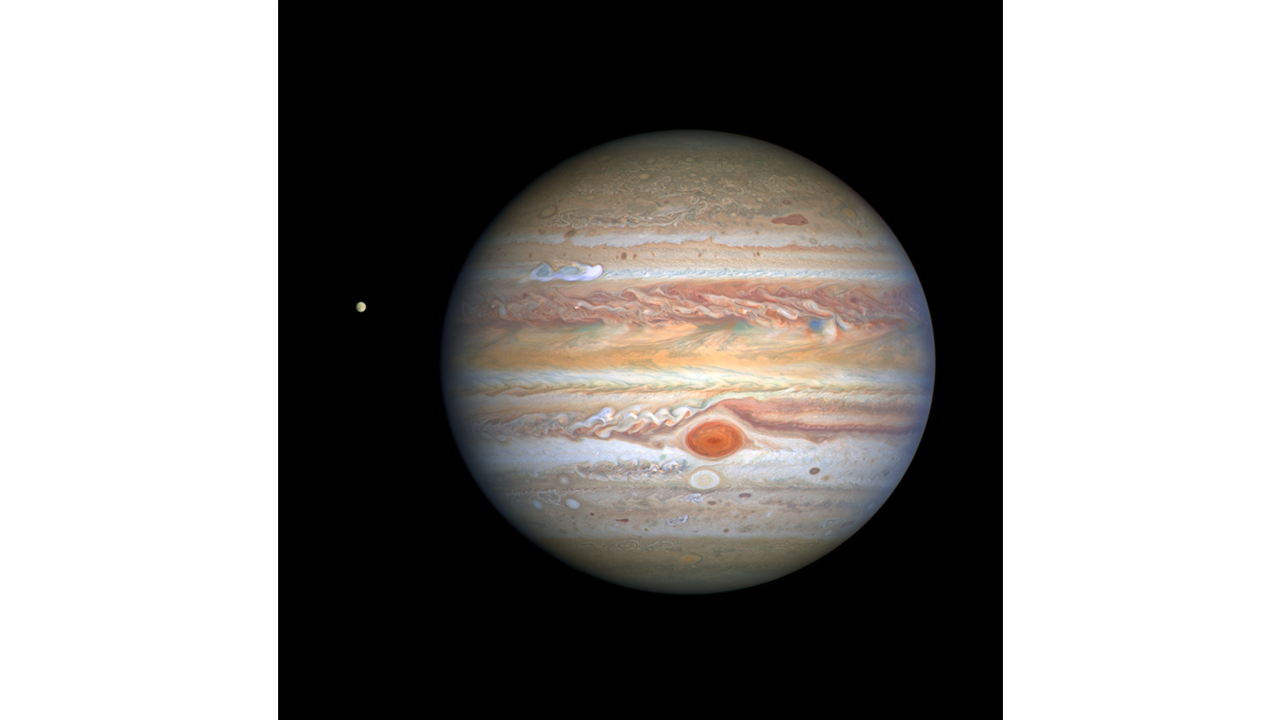
More massive than all the other planets combined, Jupiter truly is the king of our solar system. The swirling clouds, arranged in colorful, banded structures, change from year to year. The rich colors are produced by trace compounds in Jupiter’s predominantly hydrogen/helium atmosphere. Hurricane-force winds propel these clouds, and upwelling currents are ablaze with lightning bolts far more powerful than those seen on Earth.
The Hubble Space Telescope serves as a “weather satellite” for monitoring Jupiter’s stormy weather. The iconic Great Red Spot, a storm big enough to swallow Earth, shows that it’s shrinking a little in the Hubble images, but it still dominates the entire southern atmosphere, plowing through the clouds like a cargo ship.
Hubble astronomers patiently wait to get close-up snapshots as Earth make its nearest annual approach to Jupiter – an astronomical alignment called an opposition, when Jupiter is on the opposite side of the Earth from the Sun.
With Hurricane Sally expected to make landfall on Tuesday, the Department of Homeland Security (DHS) Science and Technology Directorate (S&T) Chemical Security Analysis Center (CSAC) is providing critical chemical hazard support.
In response to the escalating health emergency that is already inflicting substantial damage on people in Southern California and around the world, the UCLA Fielding School of Public Health has created the UCLA Center for Healthy Climate Solutions.
New Brunswick, N.J. (July 10, 2020) – Rutgers University–New Brunswick climatologist David A. Robinson is available for interviews on Tropical Storm Fay as it approaches New Jersey. “Tropical Storm Fay could deposit several inches of rain across a good portion of the…
New Brunswick, N.J. (June 29, 2020) – Rutgers University–New Brunswick professor Robert E. Kopp is available for interviews on new flood risk data for more than 142 million homes and properties in the United States. The data were released by the First Street Foundation, a…

Thanks to the teamwork of the Hubble Space Telescope, the Gemini Observatory, and the Juno spacecraft, scientists are able to probe deep into Jupiter’s storm systems and investigate sources of lightning outbursts, map cyclonic vortices, and unravel the nature of enigmatic features within the Great Red Spot.
Mediterranean-type climates face immediate drops in rainfall when greenhouse gases rise, but this could be interrupted quickly if emissions are cut.
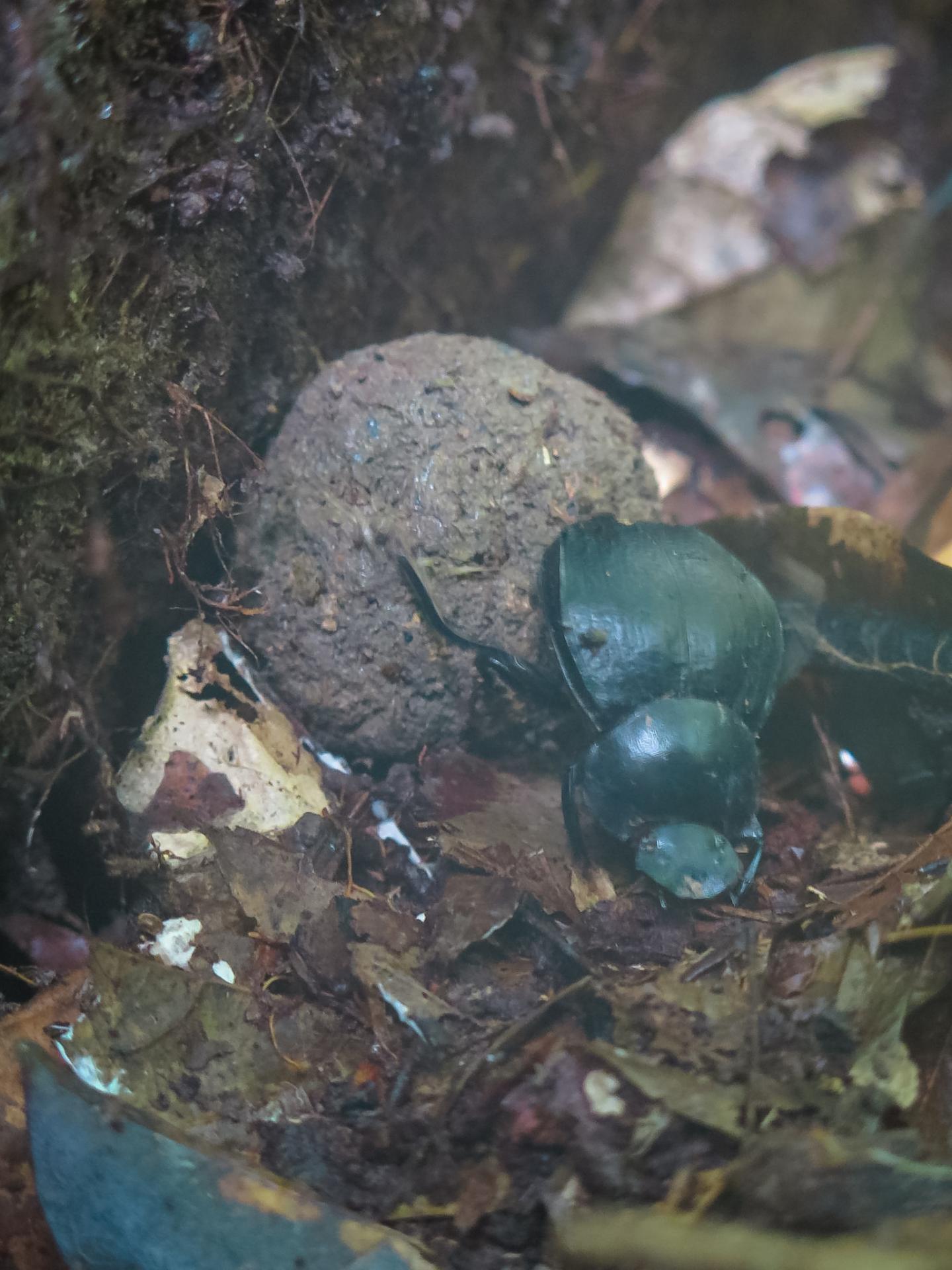
Hotter and drier El Niño events are having an alarming effect on biodiversity in the Amazon Rainforest and further add to a disturbing global insect collapse, scientists show.
New Brunswick, N.J. (Dec. 23, 2019) – The southern Greenland Ice Sheet may experience precipitous melting this century due to a much smaller temperature increase than scientists thought would be required, according to a Rutgers co-authored study. The global sea level…
New Brunswick, N.J. (Dec. 12, 2019) – Rutgers University–New Brunswick experts are available to comment on “New Jersey’s Rising Seas and Changing Coastal Storms: A Report of the 2019 Science and Technical Advisory Panel.” The N.J. Department of Environmental Protection commissioned…
New Brunswick, N.J. (Nov. 5, 2019) – Rutgers University–New Brunswick experts are available to discuss the unusually large number of tornadoes confirmed in New Jersey so far this year. Since 1950, the Garden State has averaged about two tornadoes a…
New Brunswick, N.J. (Oct. 29, 2019) – Rutgers University–New Brunswick Professor Robert E. Kopp is available to discuss “New Jersey’s Rising Coastal Risk,” a report released today on the seventh anniversary of Superstorm Sandy’s devastating arrival in the Garden State. The research…